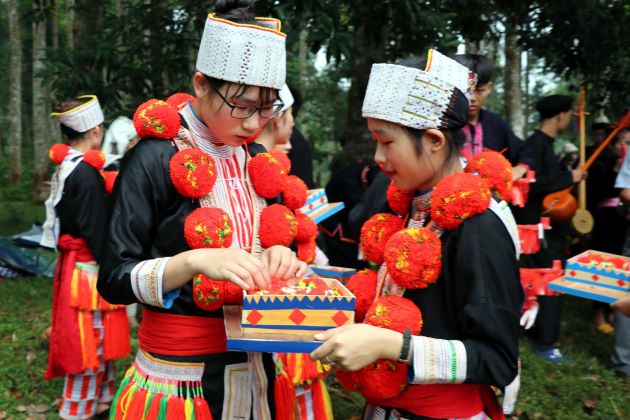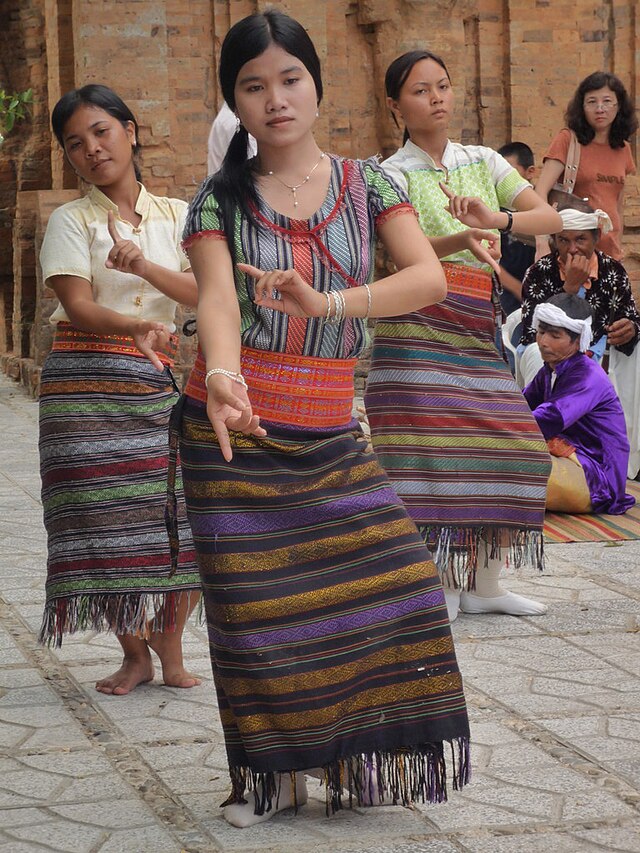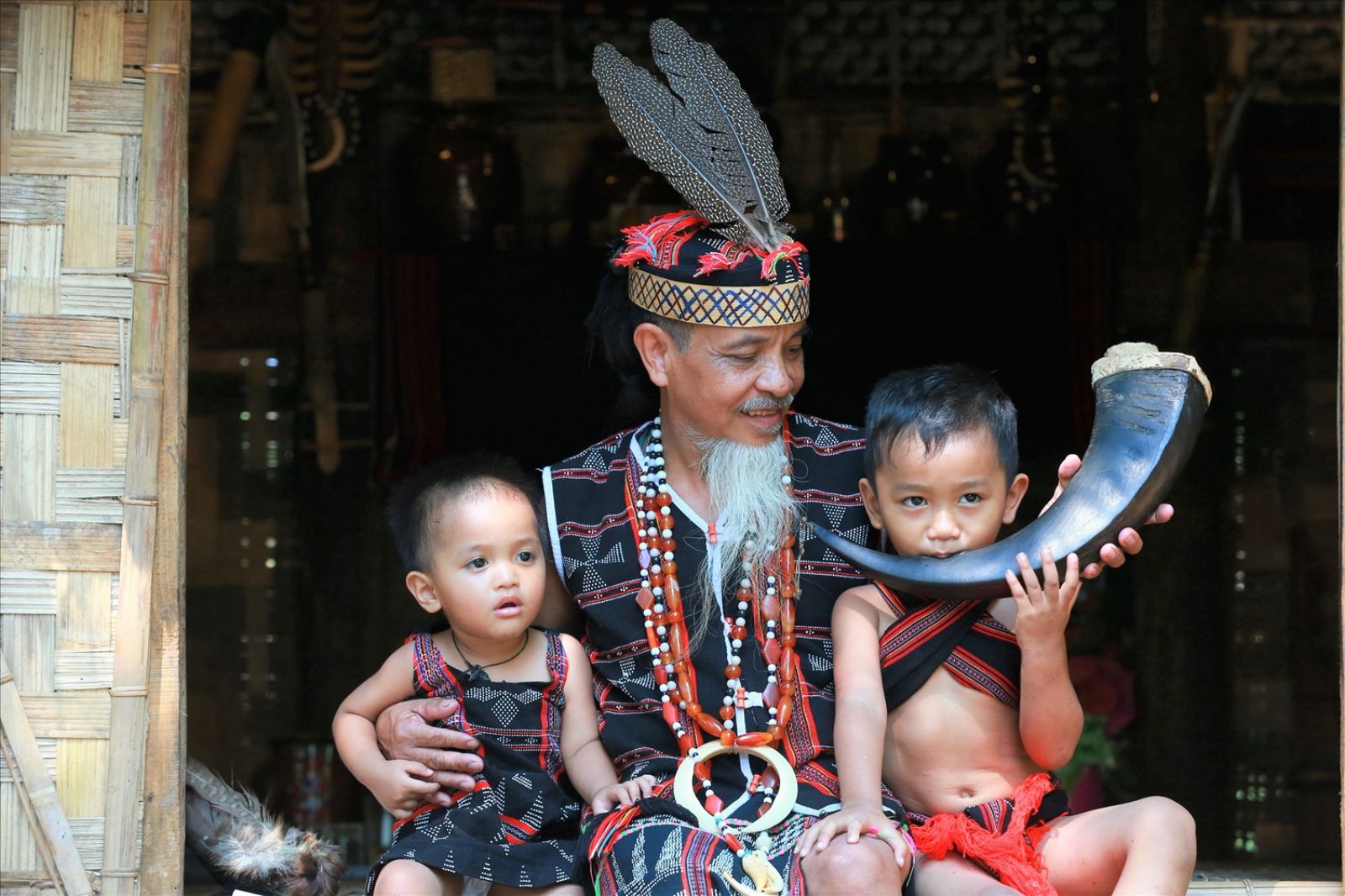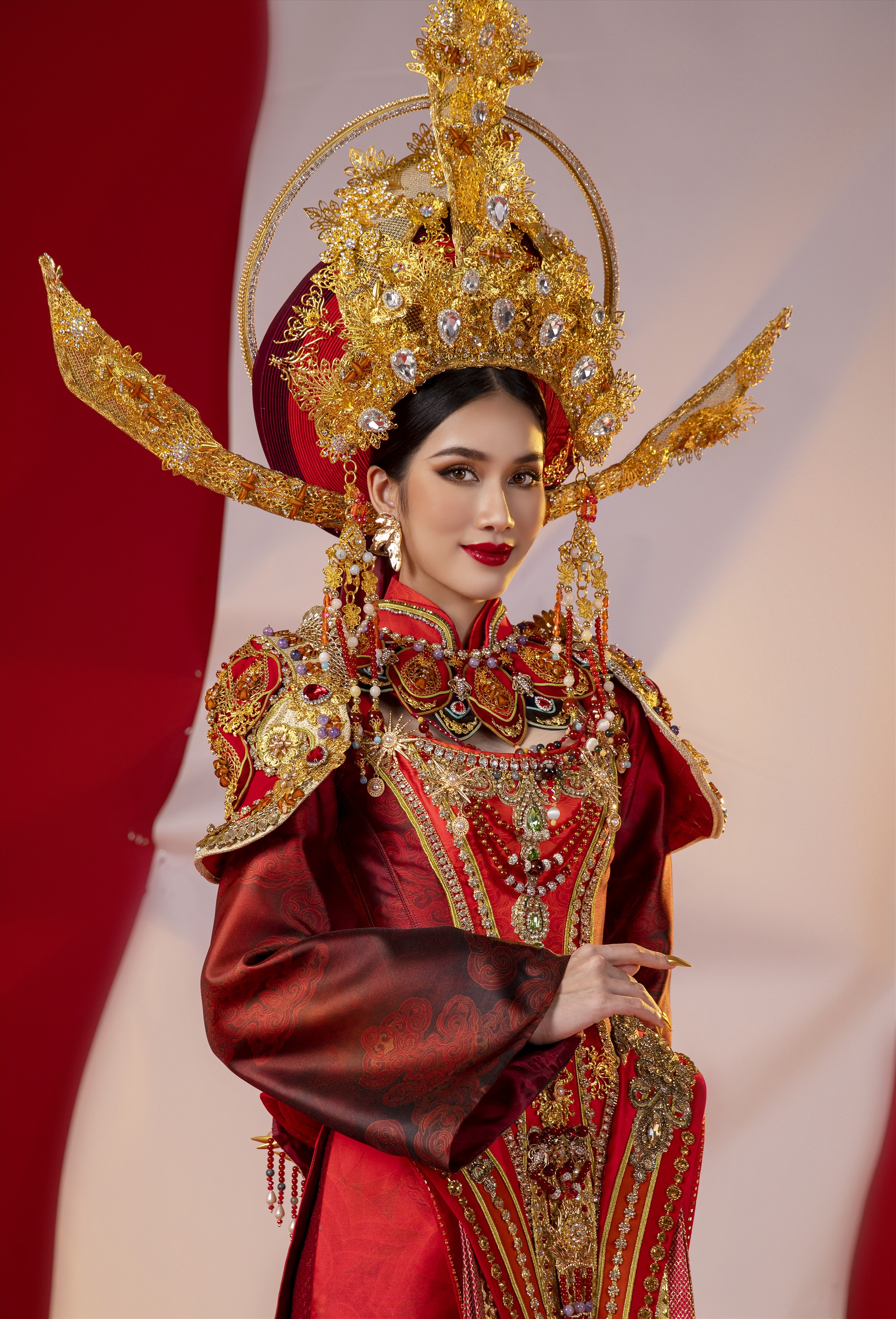1. Overview of Ethnic Diversity in Vietnam
Vietnam’s ethnic composition is a complex and fascinating blend of cultures. The Kinh (Viet) people make up about 86% of the population, primarily inhabiting the lowland regions. The remaining 53 minority ethnic groups, however, are spread across the northern mountains, central highlands, and southern Mekong Delta regions. Despite their smaller population, these minority groups have maintained distinct languages, cultural practices, and ways of life for centuries.
Many ethnic minorities live in remote areas, where traditional customs remain a significant part of daily life. From agricultural practices to spiritual beliefs, the diversity within these groups adds incredible richness to Vietnam’s cultural landscape.

2. The Kinh Majority: Vietnam’s Dominant Ethnic Group
The Kinh people, often referred to as the Vietnamese, are the dominant group among 54 Vietnam ethnic groups and have historically shaped the nation’s political and cultural identity. Originating from the Red River Delta, the Kinh have a deep connection to Confucianism, Buddhism, and Taoism, with many of their traditions rooted in these religious philosophies.
As the most populous group, the Kinh influence much of Vietnam’s cultural and economic life. From the bustling cities of Hanoi and Ho Chi Minh City to smaller urban centers, the Kinh people’s customs and traditions are central to modern Vietnamese society.
3. The 53 Minority Ethnic Groups of Vietnam
While the Kinh dominate Vietnam’s population, the 53 minority ethnic groups are equally important to the country’s cultural landscape. These groups include the Hmong, Tay, Dao, Cham, Khmer, and many others, each with their own rich histories and traditions.
Ethnic Groups in Northern Vietnam
The northern highlands of Vietnam are home to a large concentration of ethnic minorities, such as the Hmong, Tay, and Dao. These groups are known for their vibrant traditional clothing, unique farming methods, and strong community ties. For example, the Hmong are famous for their intricate embroidery and colorful costumes, while the Tay and Dao people are recognized for their terraced rice fields and skilled handicrafts.



Ethnic Groups in Central Vietnam
In central Vietnam, groups like the Cham, Ba Na, and Co Tu stand out for their deep cultural heritage. The Cham, descendants of the ancient Champa Kingdom, have a long history of trade, religion, and architecture, evidenced by their Hindu temples and traditional festivals. The Ba Na and Co Tu, meanwhile, continue to practice animist traditions, maintaining a close relationship with nature.



Vietnam Ethnic Groups in Southern Vietnam
The Khmer and Hoa communities in southern Vietnam reflect a rich blend of cultures rather unique compared to other Vietnam ethnic groups. The Khmer, who are ethnically related to the people of Cambodia, have a strong Buddhist tradition and are known for their stunning pagodas. The Hoa, of Chinese descent, have contributed significantly to Vietnam’s economic development, particularly in trade and business.


4. Cultural Traditions of Vietnam Ethnic Groups
Vietnam ethnic groups celebrate a wide array of festivals and ceremonies, many of which are tied to agricultural cycles or religious beliefs. Traditional music, dance, and handicrafts are an integral part of these celebrations, serving as a way for ethnic groups to express their identity and preserve their cultural heritage.
In the northern mountains, the Hmong celebrate the Lunar New Year with vibrant festivities, while the Cham people in the central regions hold the Kate Festival to honor their ancestors. Each ethnic group has its own unique way of marking important life events, from birth to marriage and death.
5. Language Diversity of Vietnam Ethnic Groups
One of the most fascinating aspects of Vietnam ethnic groups is the linguistic diversity. While Vietnamese is the official language, minority groups often speak their own languages or dialects, with 8 different language groups. Efforts are being made to preserve these languages, as many are in danger of disappearing due to modernization and the spread of Vietnamese as a dominant language.
6. Religious Beliefs and Practices of Vietnam Ethnic Groups
Religious beliefs vary widely among Vietnam’s ethnic groups. Many, like the Kinh, practice a mix of Buddhism, Confucianism, and Taoism. However, animism – a belief that spirits inhabit natural objects like trees and rivers – remains prevalent among groups like the Hmong and Tay.
For the Cham people, Islam plays a central role, while the Khmer follow Theravada Buddhism. These religious practices are deeply woven into the daily lives of these communities, influencing everything from their art and architecture to their social structures.
7. Challenges Faced by Minority Vietnam Ethnic Groups
Despite their cultural richness, many of Vietnam ethnic minorities face significant challenges. Poverty, lack of access to education and healthcare, and geographical isolation make it difficult for these communities to thrive. In recent years, however, the Vietnamese government and various non-governmental organizations (NGOs) have initiated projects aimed at improving living standards and preserving cultural heritage.
8. Sustainable Tourism and Ethnic Communities
One of the most promising developments for Vietnam ethnic groups in recent years has been the rise of sustainable, community-based tourism in ethnic villages. This form of tourism not only provides a source of income for ethnic communities but also helps preserve their cultural heritage. Tourists can participate in homestays, learn traditional crafts, and gain an authentic understanding of ethnic life.
9. Exploring Ethnic Markets and Handicrafts
Ethnic markets in Vietnam are a treasure trove of handmade goods, from vibrant textiles to intricately woven baskets. Visitors can explore markets in regions like Sapa and Bac Ha, where ethnic communities sell their crafts. Purchasing directly from these artisans helps support their livelihoods and keeps traditional skills alive.
Conclusion
Vietnam ethnic groups are one of its greatest cultural assets. From the Kinh majority to the many minority groups, each contributes to the rich mosaic that makes Vietnam unique. By engaging in responsible tourism and supporting initiatives, YESD can help ensure that these communities continue to thrive and their cultures remain vibrant for generations to come.
